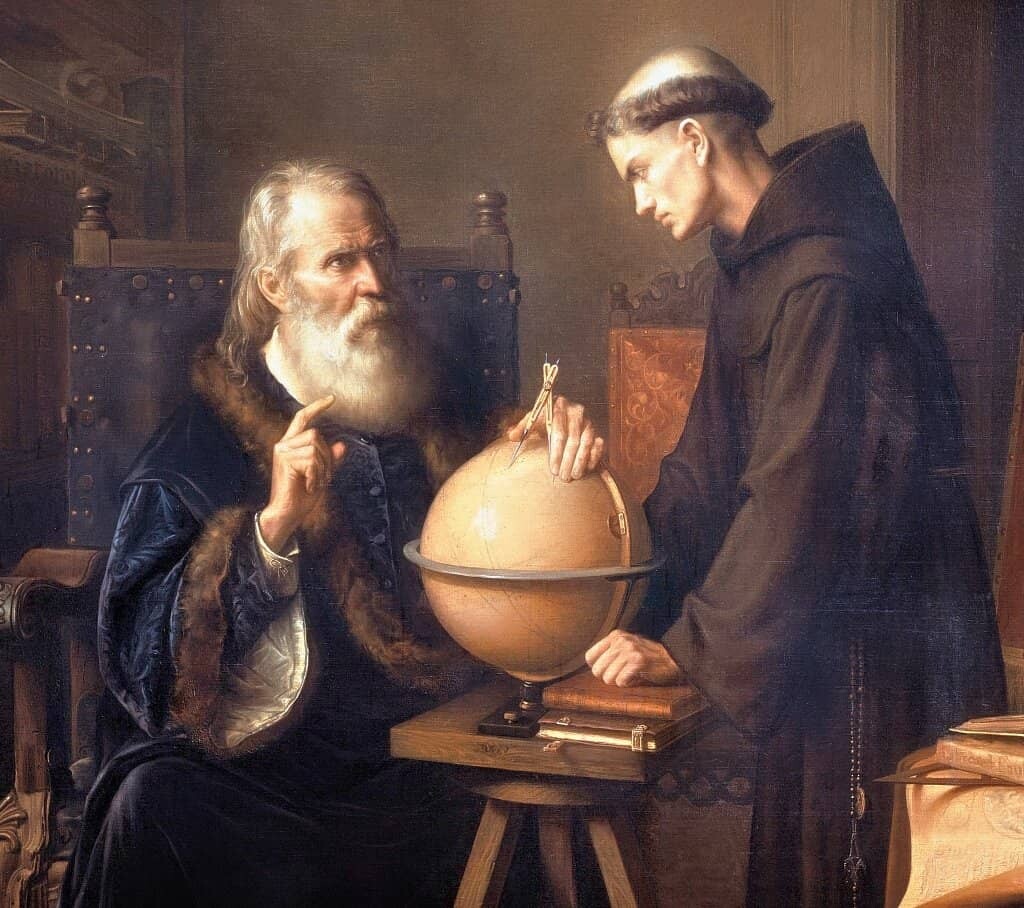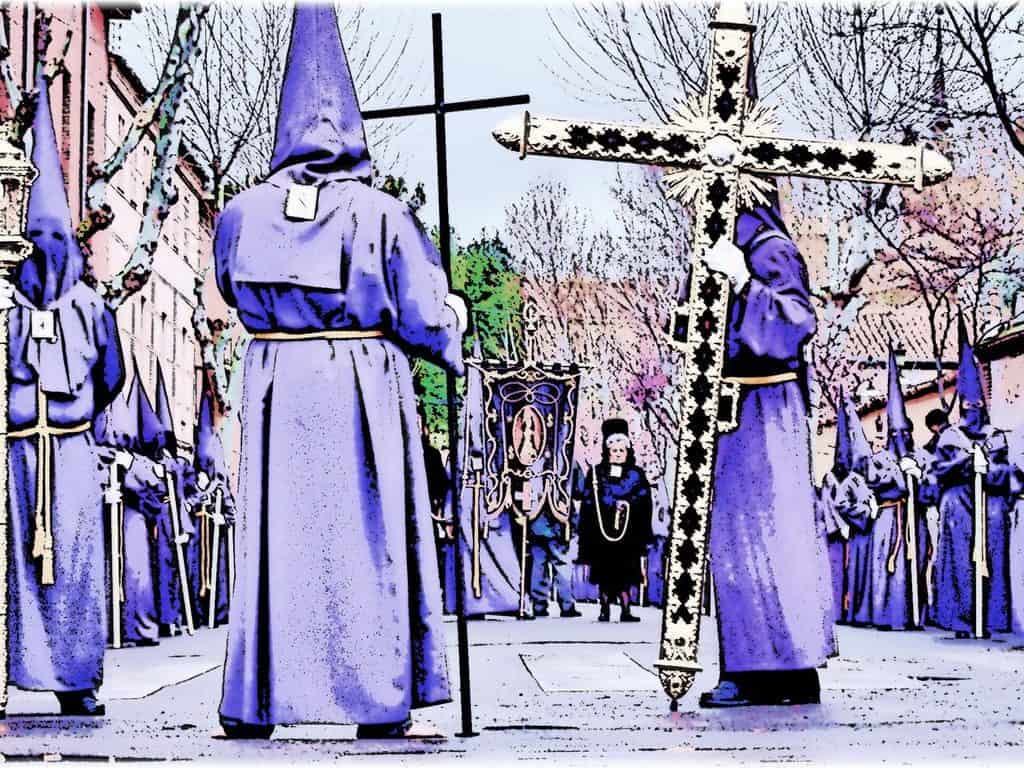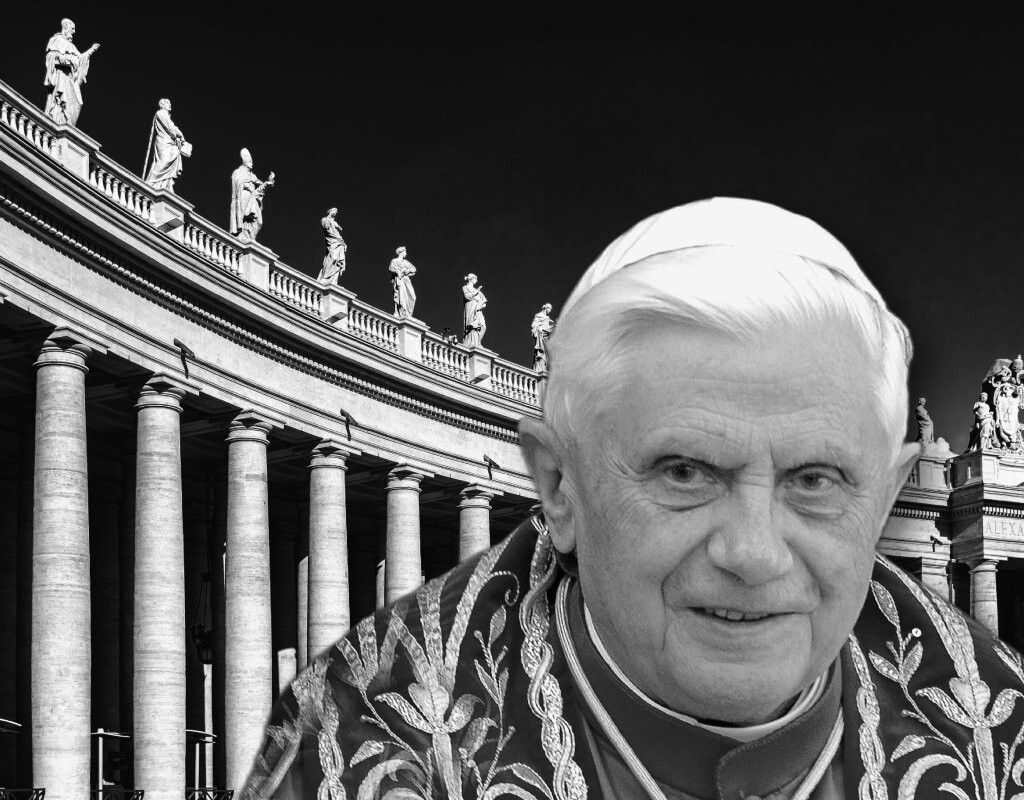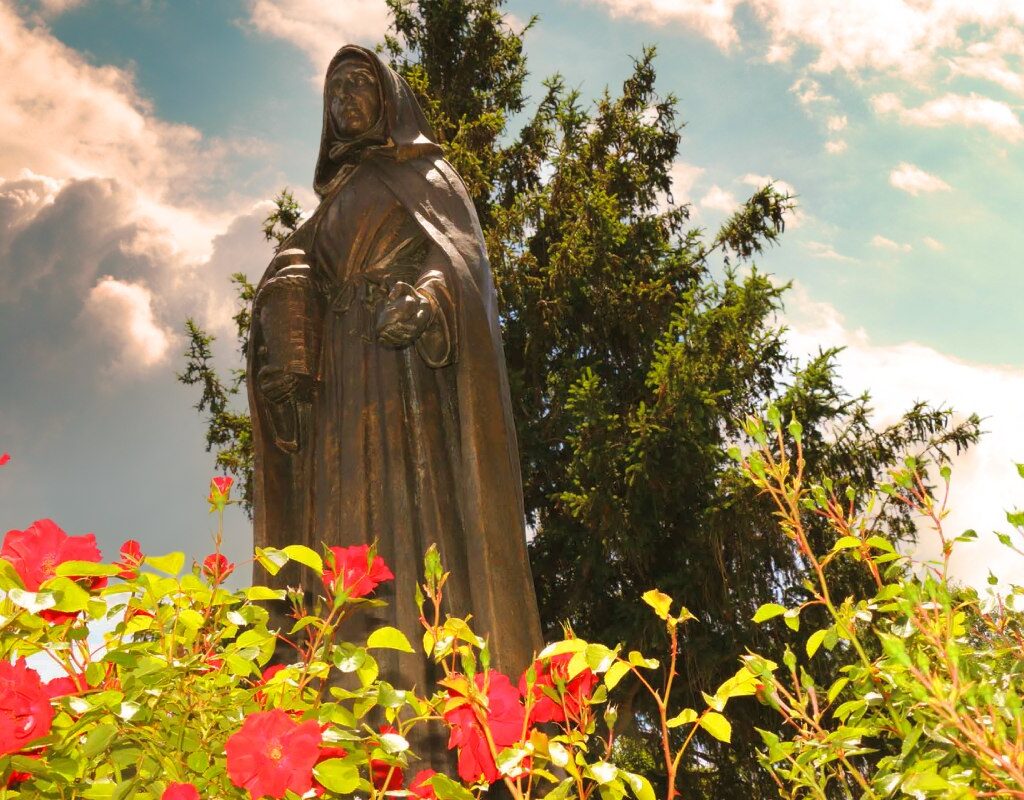lileo Galilei, known as the father of modern science, challenged established beliefs and revolutionized our understanding of the universe. His contributions to the scientific method and his innovative astronomical observations forever changed the history of astronomy. Continue reading to explore Galileo’s fascinating discoveries and his confrontation with the Inquisition.
The Renaissance and the Rise of Science: The Context of Galileo Galilei
Galileo Galilei lived in an era of profound changes and scientific advances, the Renaissance, a period that marked the transition from the Middle Ages to the Modern Age. This was a time of rediscovery of classical science, philosophy and art.
In the scientific realm, this period saw the development of new ideas and technologies that would transform the understanding of the natural world. One of the most significant advances was the Copernican Revolution, initiated by Nicolaus Copernicus, who proposed the heliocentric model of the universe, challenging the geocentric model established by Ptolemy and supported by the Catholic Church.
Established in the 13th century, the Inquisition played a crucial role in defending Catholic orthodoxy during this time.
A branch of the Inquisition, the Holy Office, was responsible for persecuting and judging heresy. The authority of the Inquisition was strengthened after the Council of Trent (1545-1563), which sought to reinforce Catholic doctrine in the face of the Protestant Reformation. In this context, any idea that challenged the teachings of the Church was seen as a religious and political threat.
The importance of the historical context lies in the tension between emerging scientific thought and established religious doctrines. Science was beginning to emancipate from scholastic philosophy, which had dominated academic thought for centuries. The emergence of the scientific method, based on observation and experimentation, began to challenge the truths established by religious and philosophical authority.
Galileo found himself at the center of this transformation, representing the figure of the modern scientist who questions accepted knowledge and seeks truth through empirical evidence.
Biography of Galileo
Galileo Galilei was born in Pisa, Italy, on February 15, 1564. Initially, he studied medicine at the University of Pisa, but his true interest lay in mathematics and physics. He stood out early for his ability in logical reasoning and experimentation. His most notable contributions include significant improvements to the telescope, which allowed him to make revolutionary astronomical observations.
In 1609, Galileo built his own telescope, based on the initial designs of the Dutch optician Hans Lippershey. With this instrument, Galileo made observations that challenged the accepted cosmology. He discovered the mountains and craters of the Moon, the phases of Venus, sunspots and the four large satellites of Jupiter, known as the Galilean moons: Io, Europa, Ganymede and Callisto.
These observations supported Copernicus’s heliocentric theory, suggesting that celestial bodies did not revolve around the Earth. Galileo published his findings in “Sidereus Nuncius” in 1610, which earned him fame but also the unwanted attention of the Inquisition.
Galileo’s life was marked by his relentless pursuit of knowledge and his ability to communicate clearly and convincingly. Although he did not graduate in medicine, his studies provided him with a solid foundation in mathematics and physics. His work at the University of Padua and later at the University of Pisa consolidated his reputation as an innovative scientist. Galileo was not only an astronomer but also a physicist, mathematician and inventor. His invention of the rudimentary thermometer and the improvement of the military compass are testimonies to his versatility and genius.
Galileo’s Confrontation with the Inquisition: Science vs. Faith
Galileo’s relationship with the Church gradually deteriorated as his discoveries questioned the biblical teachings interpreted literally by ecclesiastical authorities. In 1616, the Inquisition declared the heliocentric theory “formally heretical” as it contradicted the Scriptures, which declared that the Earth was the center of the universe.
Galileo received a formal warning not to teach or defend heliocentrism. Despite this, he continued his work, convinced that his scientific method provided a closer path to the truth about the universe. In 1632, he published “Dialogue Concerning the Two Chief World Systems”, a work that compared the geocentric and heliocentric systems. Although he attempted to present it as a balanced debate, it was clear that he favored heliocentrism.
The publication of this book led to Galileo being summoned again by the Inquisition. In 1633, he faced a trial for heresy in Rome. During the trial, Galileo was accused of violating the 1616 order and promoting heliocentrism. Despite his defense and attempts to explain that his ideas did not contradict the Bible but rather erroneous interpretations of it, he was declared “vehemently suspect of heresy” and forced to publicly recant his beliefs.
He was sentenced to prison, although this was commuted to house arrest, which he served until his death in 1642.
Galileo’s trial was a complex and multifaceted event. Firstly, it is important to understand that the trial was not just a confrontation between science and religion but a reflection of the political and social tensions of the time. The Catholic Church was struggling to maintain its authority amidst the growing influence of modern science and the Protestant Reformation. Secondly, the trial revealed the resistance of established institutions to accept new ideas that challenged their fundamental principles.
Galileo’s defense was largely based on his interpretation that the Scriptures should not be taken literally when describing natural phenomena.
He argued that the Bible was intended to teach how to go to heaven, not how the heavens go. However, this approach was rejected by the Inquisition, which insisted on the primacy of traditional interpretations of the Scriptures.
Impact of Galileo’s Trial and His Scientific Legacy
Galileo’s trial and condemnation had a profound impact on the history of science and the relationship between science and religion. In the short term, Galileo’s condemnation sent a clear signal to other scientists about the dangers of challenging the Church’s teachings. However, in the long term, his work laid the foundations for the scientific revolution. His method of direct observation and experimentation greatly influenced how science was practiced.
Consequently, Galileo is often considered the “father of modern science” due to his insistence on using the scientific method to investigate nature. His legacy endures in the way we understand the universe and the position of Earth in it. Although his ideas faced resistance in his time, they were eventually accepted and became the foundation of modern astronomy.
In addition to his scientific contributions, Galileo’s figure symbolizes the struggle for freedom of thought and resistance against dogmatic authority. The review and eventual apology of the Catholic Church in 1992 for Galileo’s condemnation highlight the importance of his legacy and the recognition of the need to reconcile faith and reason.
Galileo’s legacy is manifested in his influence on other scientists and the development of scientific thought. Isaac Newton, for example, was deeply influenced by Galileo’s works. Newton’s law of inertia was based on Galileo’s studies on motion. On the other hand, Galileo’s insistence on the importance of empirical observation and experimentation established the basic principles of the scientific method that are still used today.
Importance of Scientific Communication and Intellectual Freedom
Galileo’s story highlights the importance of scientific communication. His ability to explain his discoveries clearly and accessibly helped spread his ideas and challenge established thinking. Galileo understood the importance of making science accessible to the general public and not just to an academic elite.
Finally, Galileo’s case underscores the importance of intellectual freedom and the value of critical questioning. His willingness to challenge established beliefs and face the consequences of his ideas serves as a powerful reminder of the need to protect freedom of thought and scientific inquiry from censorship and repression.
In conclusion, Galileo Galilei not only revolutionized science with his discoveries but also challenged established power structures, paving the way for future generations of scientists. His life and work are a testament to the power of critical thinking and the importance of seeking truth, regardless of the consequences. His legacy endures as a beacon of rationality and empirical evidence in a world that still struggles to balance faith and reason.




